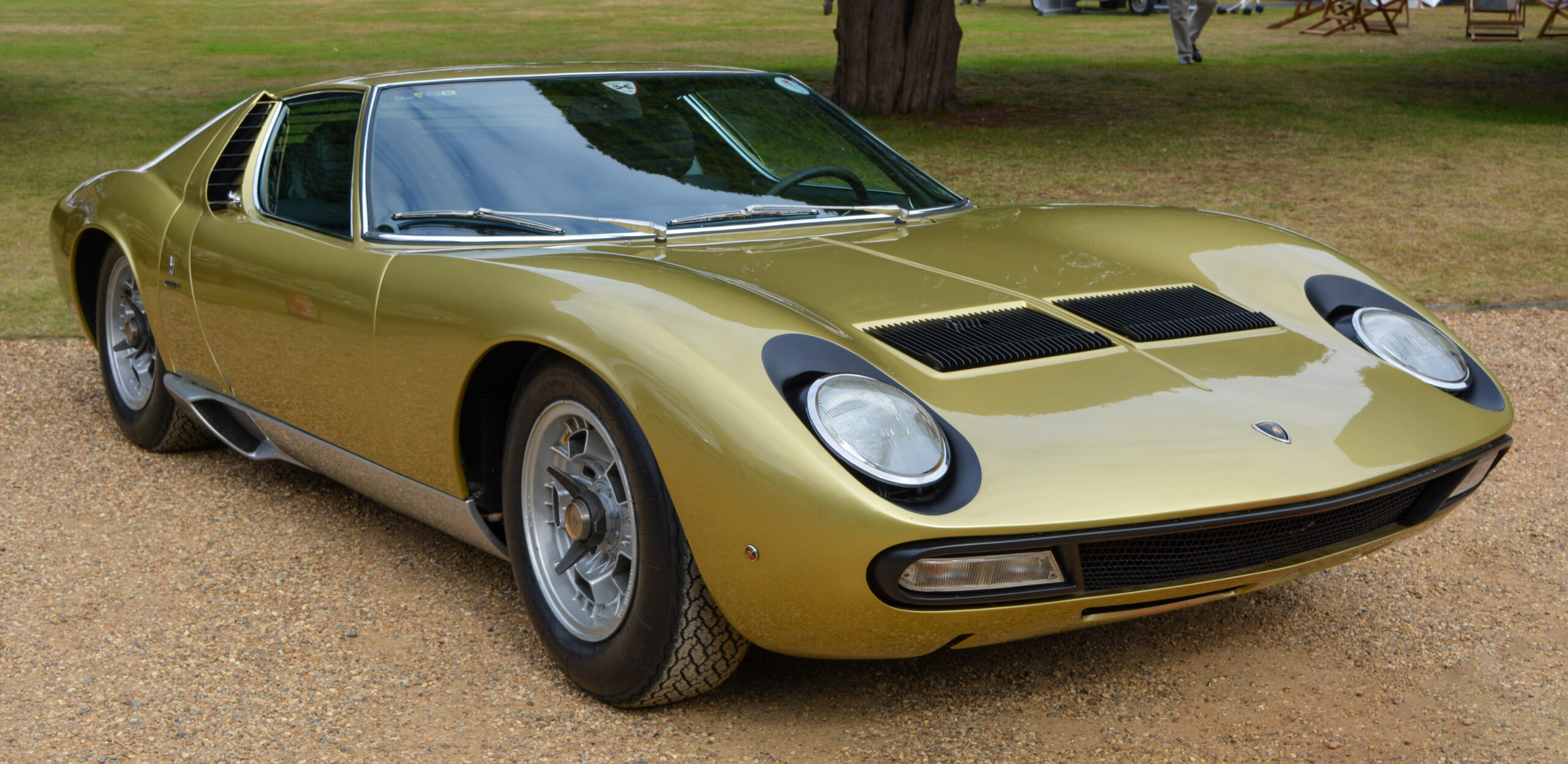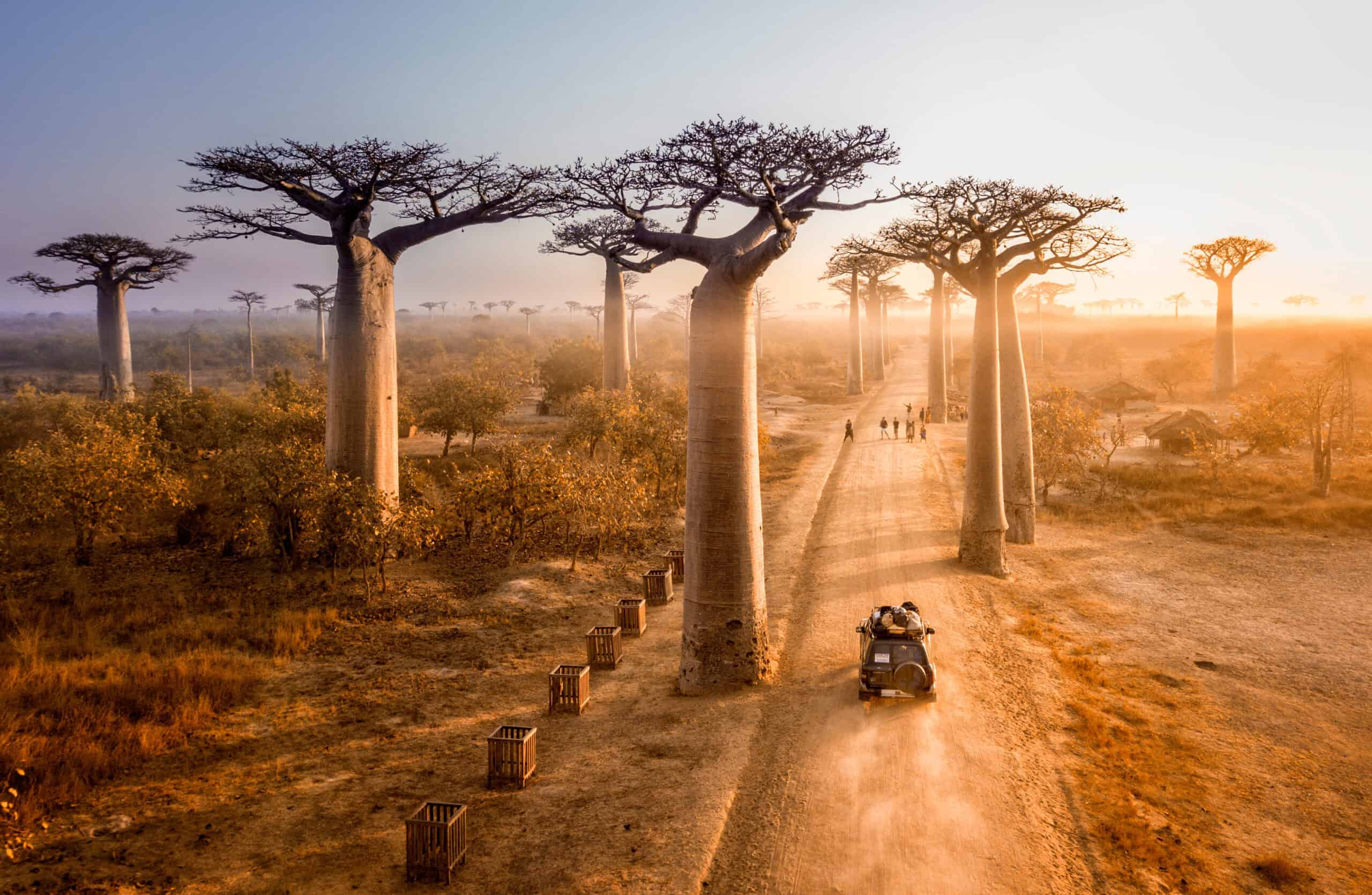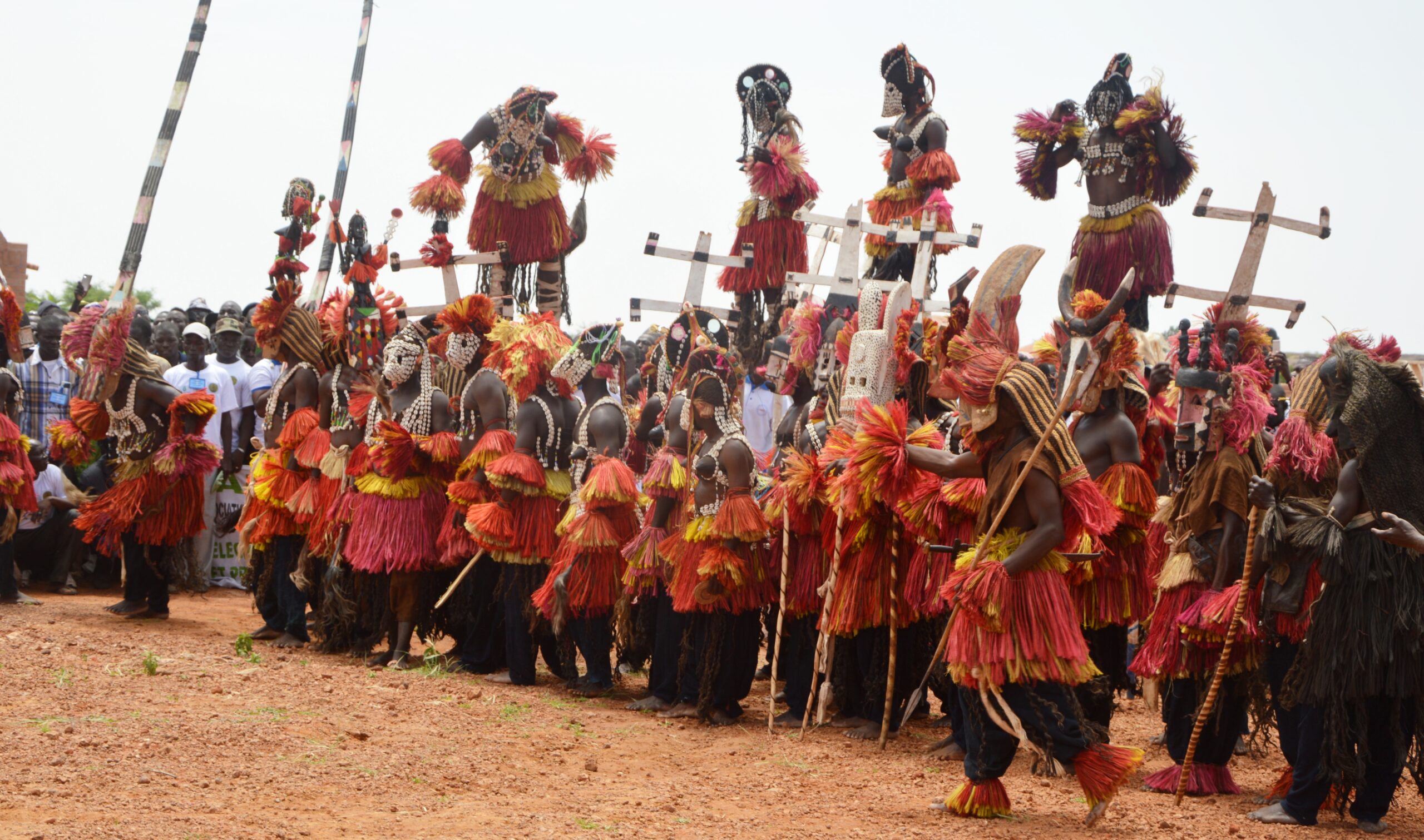Pigs come in a wide variety of breeds, each with its unique characteristics and history. While many are familiar with common breeds, there are some rare pig breeds that stand out for their distinctive features and intriguing backgrounds. These breeds often face the threat of extinction due to modern farming practices, but they are cherished by those who value their unique qualities and contributions to agricultural diversity. In this article, we’ll explore some of the rarest pig breeds, highlighting what makes each one special and why they are worth preserving.
Gloucestershire Old Spots
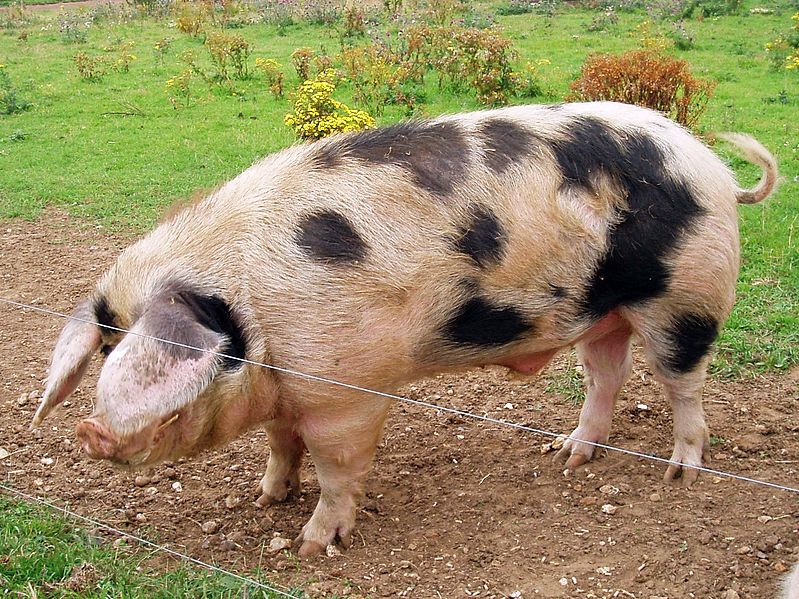
The Gloucestershire Old Spots pig is easily recognizable due to its distinctive white coat with black spots. This heritage breed hails from England and is known for its excellent meat quality, which is tender and flavorful. Traditionally, these pigs were raised in orchards, where they fed on fallen fruit, contributing to their unique taste. Despite their historical significance, they are now considered rare, with conservation efforts underway to preserve the breed. Their gentle temperament and efficient grazing make them a favorite among small-scale farmers.
Large Black Pig
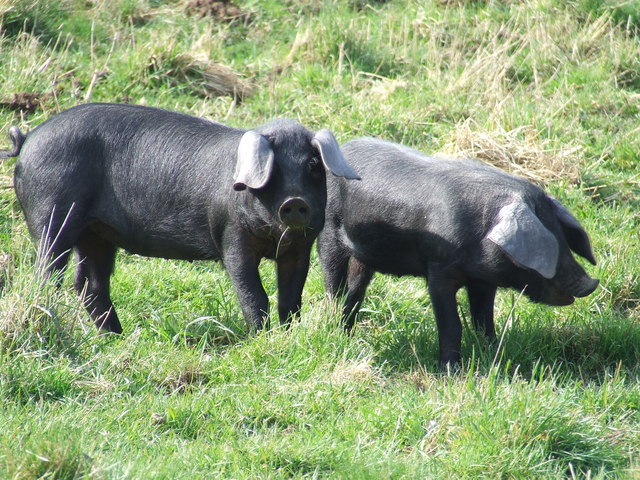
The Large Black Pig, native to England, stands out with its all-black color and large, floppy ears that cover its eyes. This breed is particularly noted for its exceptional foraging abilities, thriving in pasture-based systems. Despite their size, these pigs have a calm demeanor, which makes them easy to handle. The breed’s rarity stems from the decline in demand for traditional pork breeds, leading to a decrease in population. Efforts are being made to protect this breed, valued for its flavorful meat.
Red Wattle Pig
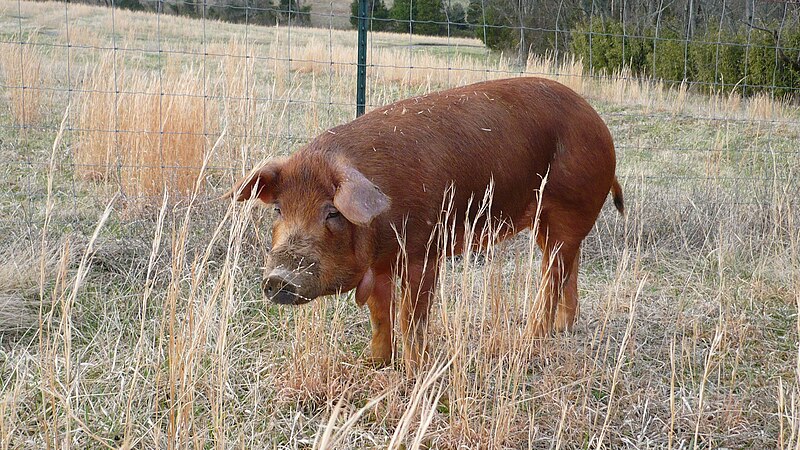
Originating in the United States, the Red Wattle Pig is named after the distinctive wattles that dangle from its neck. Known for its resilience and adaptability, this breed can thrive in various environments, from hot climates to cold winters. Its lean, flavorful meat has gained attention among chefs and food enthusiasts. However, its population remains limited, making it one of the rarer breeds in the world. Conservation programs have been initiated to maintain the breed’s presence in sustainable farming.
Mangalitsa Pig
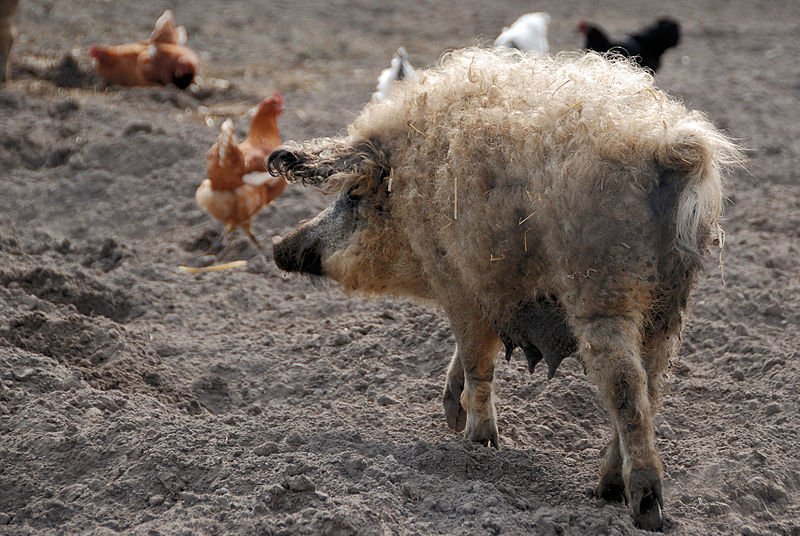
Known as the “Kobe beef of pork,” the Mangalitsa Pig originates from Hungary and is renowned for its curly, wool-like coat. This breed produces incredibly flavorful, high-fat meat, which is marbled to perfection, making it a gourmet delicacy. The Mangalitsa’s rarity is due to its slower growth rate, which contrasts with the rapid turnover desired by industrial farming. As a result, it is primarily raised by specialty breeders who focus on quality over quantity. The breed’s unique appearance and meat quality have kept it in high demand among chefs and food connoisseurs.
British Lop Pig
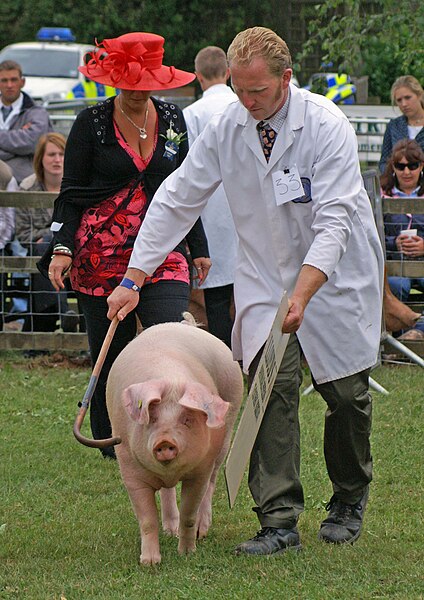
The British Lop Pig, distinguished by its large size and long, droopy ears, is one of the oldest native pig breeds in the United Kingdom. Known for its excellent mothering abilities and calm nature, this breed is well-suited to extensive farming systems. Its meat is tender and flavorful, making it a favorite for traditional British pork products. However, the British Lop’s population has declined over the years, with only a few dedicated breeders keeping the breed alive. Conservation efforts are ongoing to prevent its extinction.
Ossabaw Island Pig
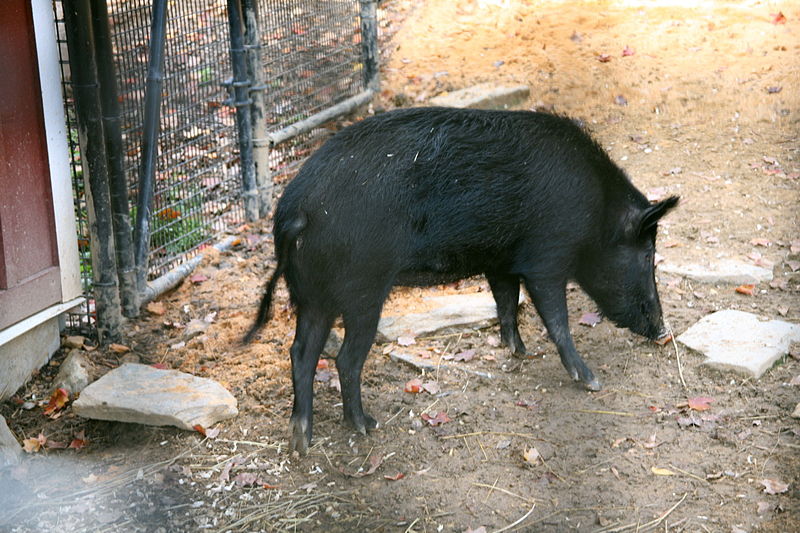
The Ossabaw Island Pig descends from Spanish pigs brought to North America in the 16th century, now living on Ossabaw Island off the coast of Georgia. This breed has adapted to its island environment, developing a small, hardy physique that allows it to thrive in harsh conditions. Its meat is rich and flavorful, often described as having a unique, wild taste. Despite its historical significance, the Ossabaw Island Pig is critically endangered, with few remaining outside the island. Preservation of this breed is essential to maintaining its genetic diversity.
Choctaw Hog
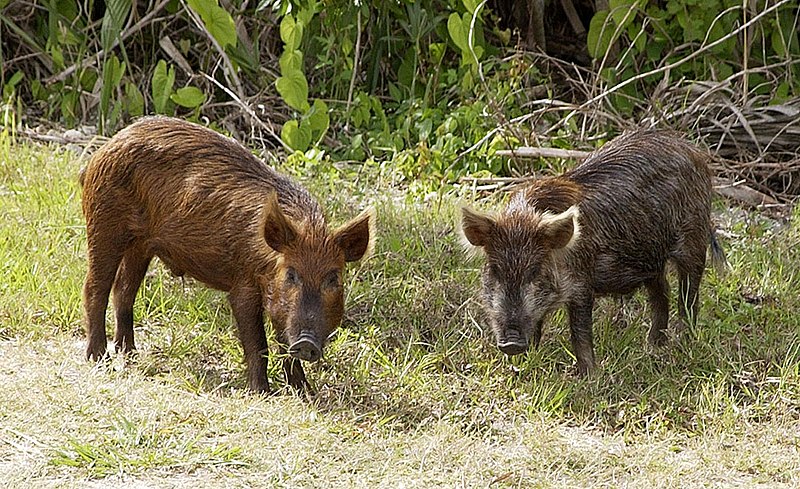
The Choctaw Hog is a rare breed with roots tracing back to the hogs brought to the Americas by Spanish explorers. This breed was traditionally raised by the Choctaw people and is well-adapted to the Southeastern United States’ hot and humid climate. The Choctaw Hog is smaller than commercial breeds, but it is highly resilient, with a strong foraging instinct. Its meat is lean and flavorful, often sought after by those interested in heritage foods. However, the breed’s population has drastically declined, leading to efforts to revive and protect it.
Swabian-Hall Pig
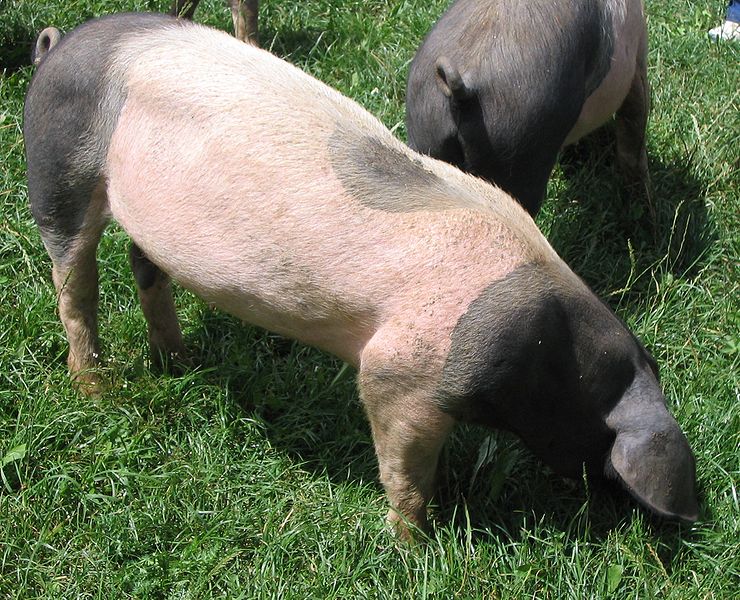
Originating in Germany, the Swabian-Hall Pig is a distinctive breed known for its black body and white band around its midsection. This breed is celebrated for its high-quality meat, which is well-marbled and tender, making it a favorite in traditional German cuisine. The Swabian-Hall Pig was once on the brink of extinction but has seen a revival thanks to dedicated breeders and chefs. Its resurgence is a testament to the breed’s exceptional flavor and quality, although it remains rare. The breed’s unique appearance and heritage continue to draw interest from food enthusiasts.
Saddleback Pig
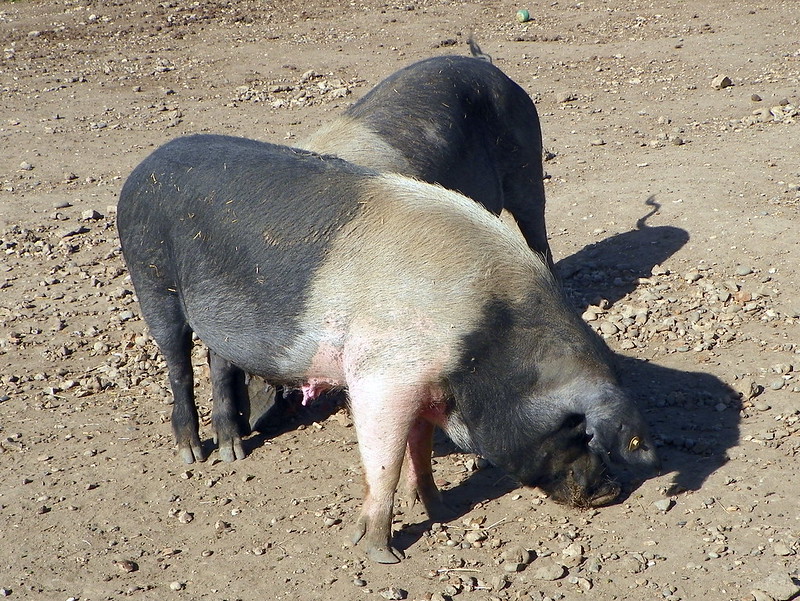
The Saddleback Pig, recognized by the white “saddle” band across its black body, is a British breed known for its hardiness and ability to thrive outdoors. This breed is highly valued for its ability to produce high-quality pork with a rich flavor, especially when raised on pasture. Despite its desirable qualities, the Saddleback Pig’s population has dwindled due to the rise of commercial breeds. Efforts are ongoing to preserve this breed, which is an integral part of the UK’s agricultural heritage. Its versatility and quality continue to attract interest among farmers and chefs alike.
Meishan Pig
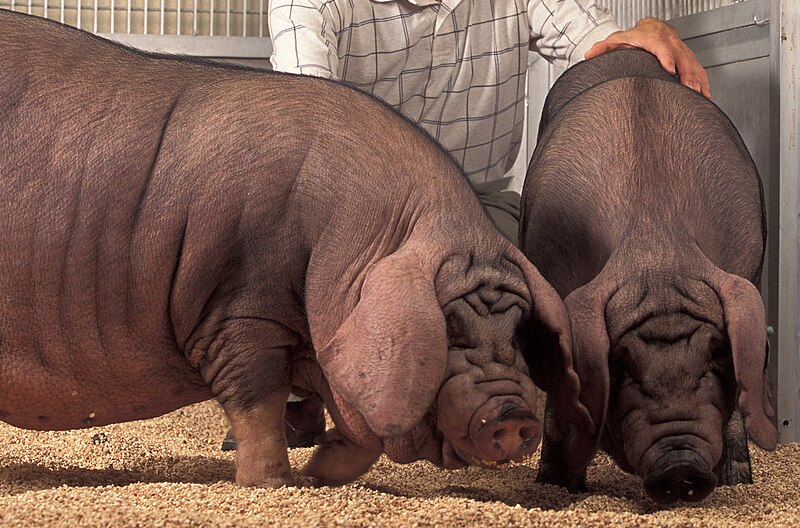
The Meishan Pig, originating from China, is one of the oldest domesticated pig breeds in the world, known for its distinctive wrinkled face and large, floppy ears. This breed is particularly noted for its high fertility and ability to produce large litters. Its meat is marbled and flavorful, making it highly prized in Chinese cuisine. However, the Meishan Pig is rare outside its native region, with few breeding programs dedicated to its preservation. The breed’s unique characteristics make it an important genetic resource for future pig breeding efforts.
Tamworth Pig
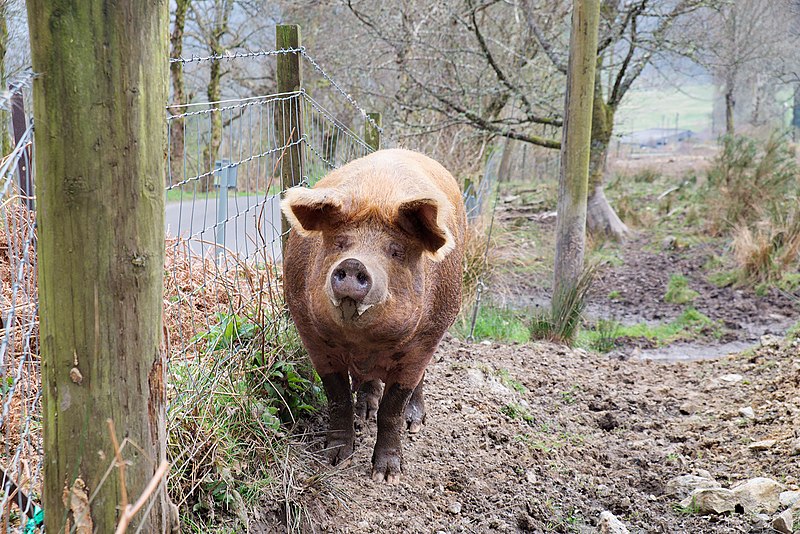
The Tamworth Pig, often referred to as the “bacon pig,” is one of the oldest and purest pig breeds, originating in the UK. It is known for its reddish-brown color and exceptional meat quality, particularly for bacon. This breed is highly adaptable and thrives in outdoor environments, making it a favorite for free-range farming. Despite its historical significance and excellent meat, the Tamworth Pig is now considered a rare breed, with numbers dwindling due to the dominance of commercial breeds. Preservation of the Tamworth Pig is crucial for maintaining genetic diversity in pig farming.
Lincolnshire Curly Coat
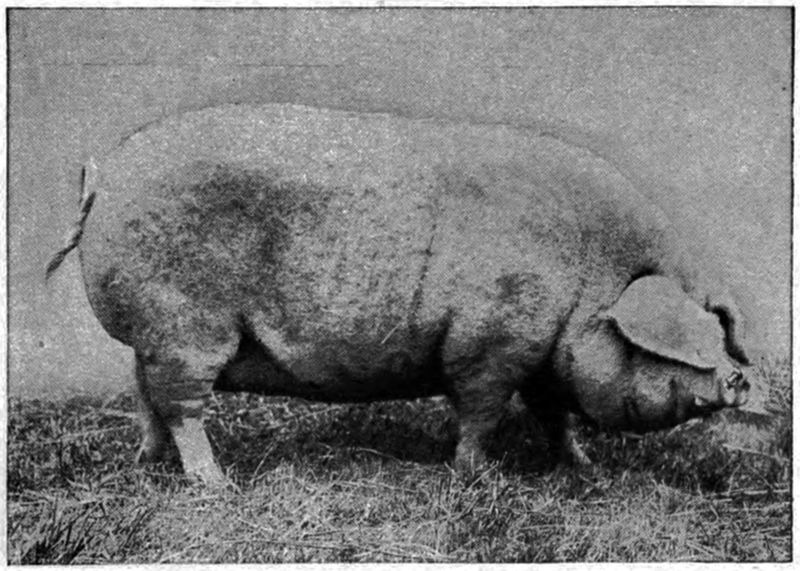
The Lincolnshire Curly Coat, as the name suggests, is characterized by its unique curly coat, which provides protection against harsh weather conditions. This breed, originally from the UK, was once popular for its hardiness and ability to thrive in challenging environments. Its meat is flavorful and well-suited for traditional British dishes. Unfortunately, the Lincolnshire Curly Coat became extinct in the 1970s due to the rise of commercial pig farming, but efforts have been made to recreate the breed through selective breeding programs. The breed’s history serves as a reminder of the importance of preserving agricultural biodiversity.
Danish Protest Pig
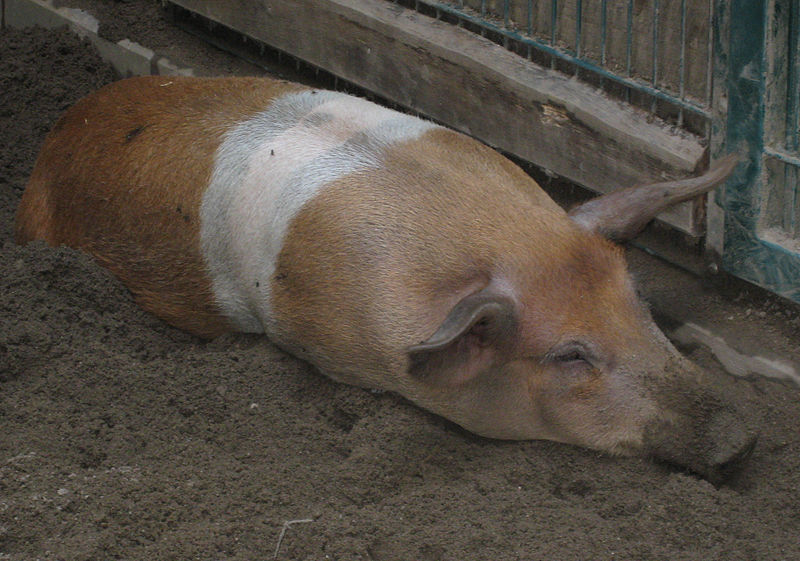
The Danish Protest Pig is a unique breed with a fascinating history, developed in the 20th century as a form of silent protest against German rule in Denmark. Its red coat, white belt, and black spots resemble the Danish flag, making it a symbol of Danish nationalism. This breed is known for its resilience and adaptability, thriving in a variety of environments. Despite its historical significance, the Danish Protest Pig is now rare, with only a few remaining in conservation herds. The breed’s story highlights the role of livestock in cultural identity and heritage.
KuneKune Pig
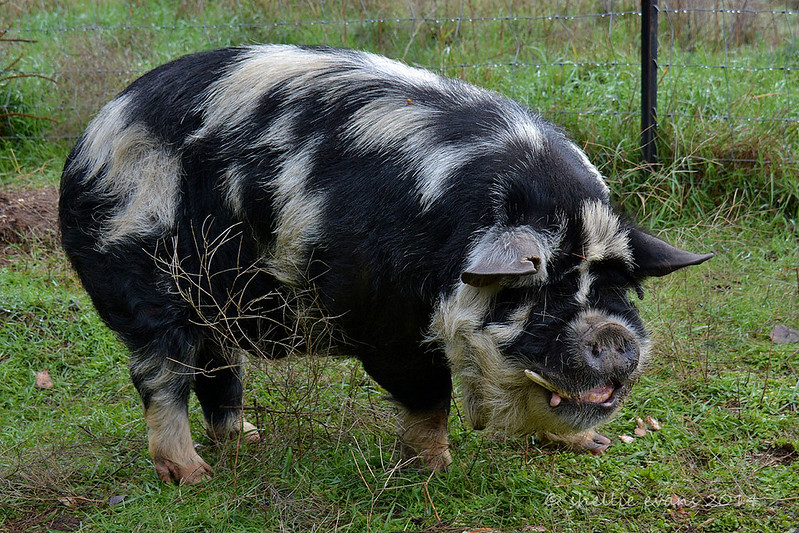
The KuneKune Pig, native to New Zealand, is a small, friendly breed known for its distinctive, round body and short, upturned snout. This breed was traditionally kept by the Māori people and is well-suited to grazing, requiring little supplementary feeding. Its meat is flavorful, with a good balance of fat, making it popular in small-scale farming. The KuneKune Pig was once on the brink of extinction but has since been revived through dedicated conservation efforts. Its docile nature and unique appearance have made it a favorite among hobby farmers and pet owners.
This article originally appeared on Rarest.org.
More From Rarest.Org
Supercars are not just about speed; they are about legacy and investment. Some iconic models have proven to be valuable assets over time. Read more.
In nature’s most challenging landscapes, some plants have evolved extraordinary adaptations to thrive. Each plant tells a story of survival, transforming harsh environments into their home. Read more.

